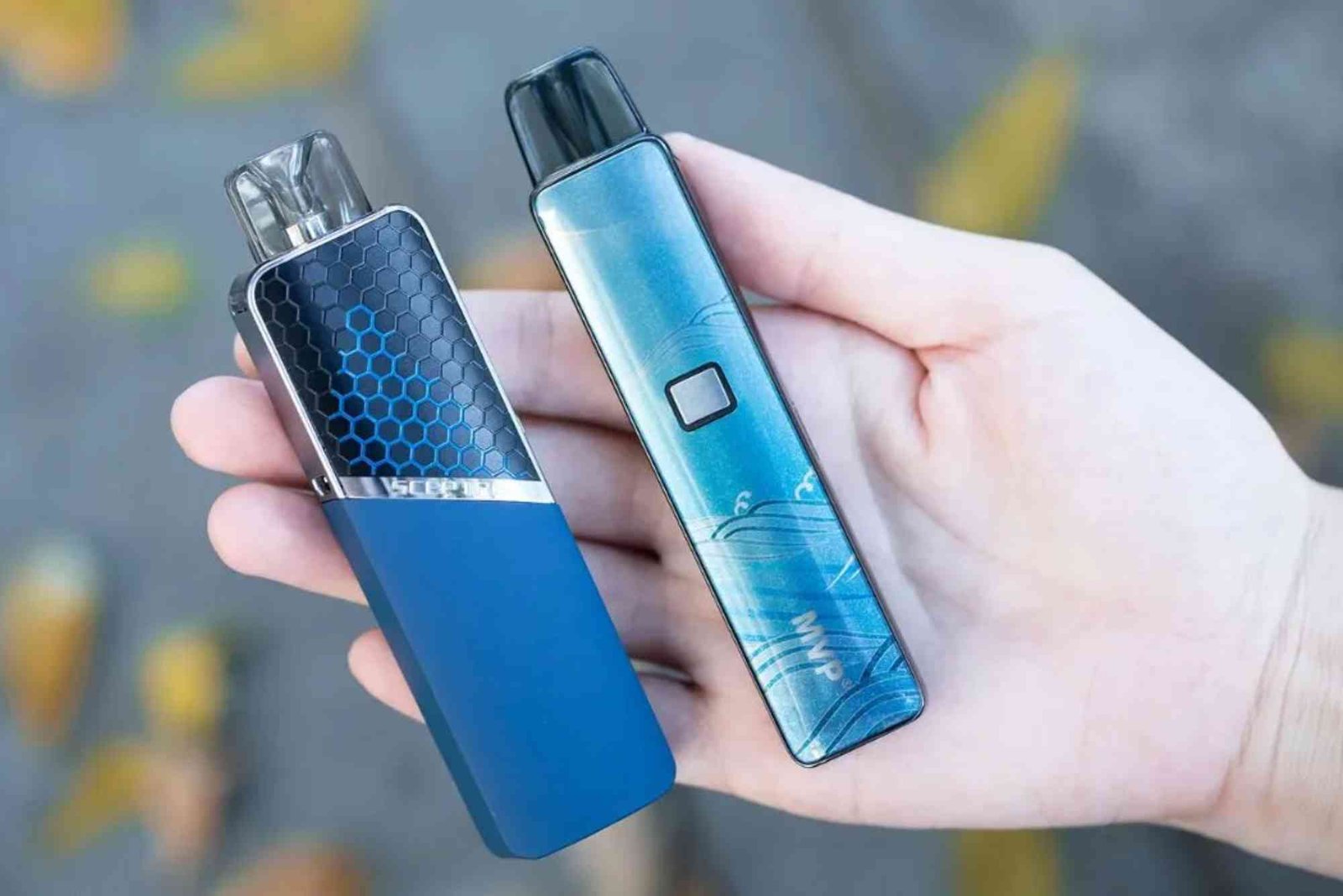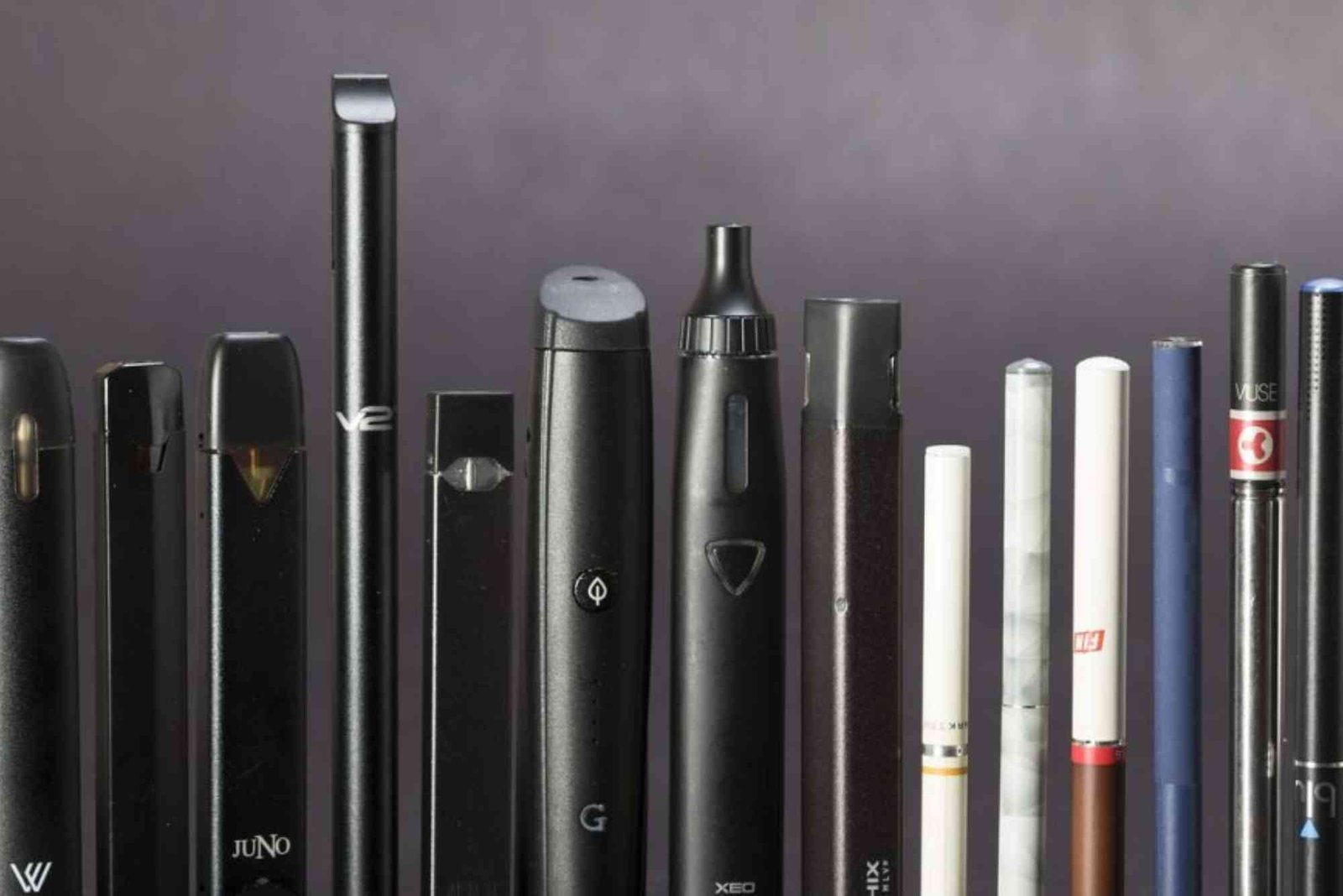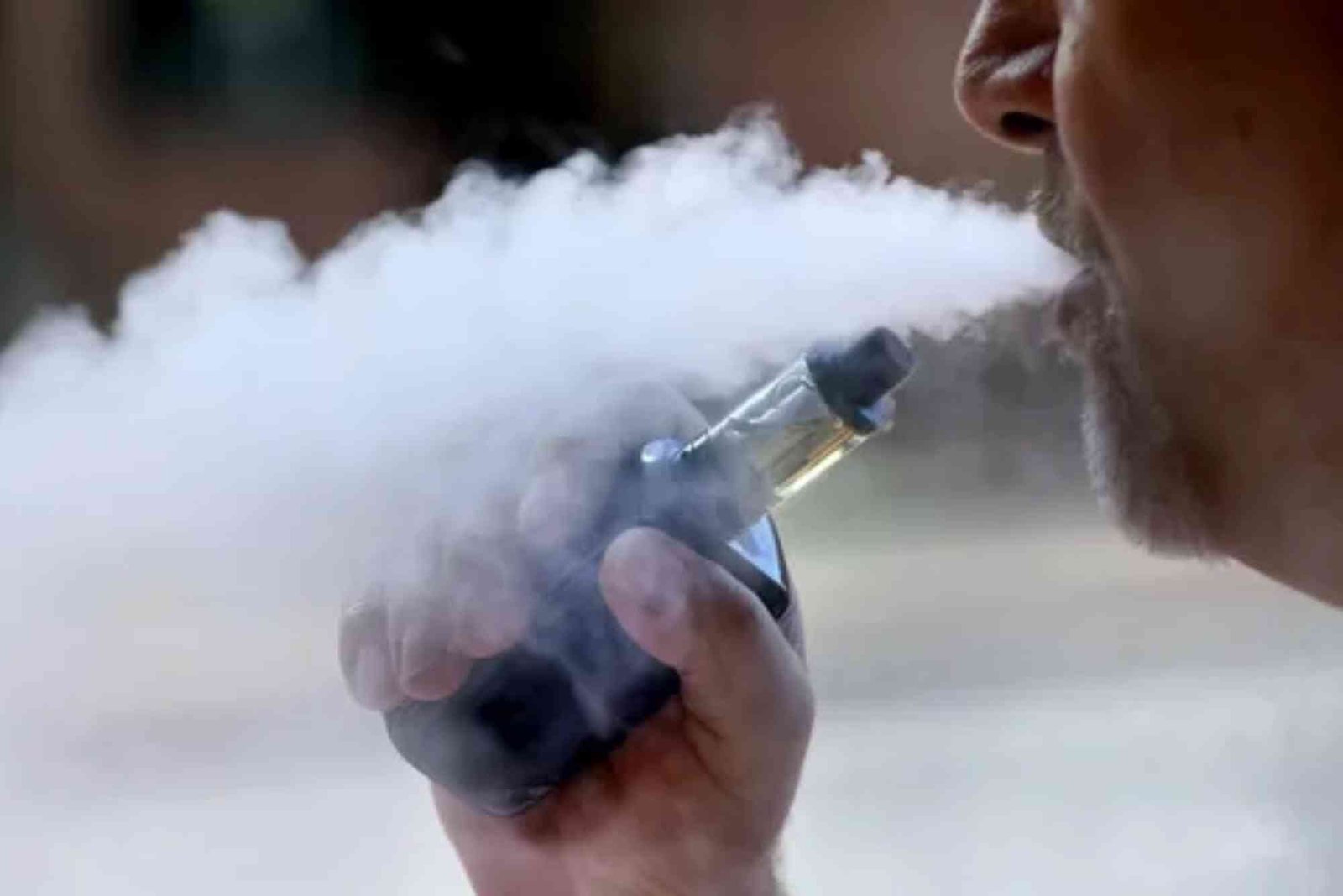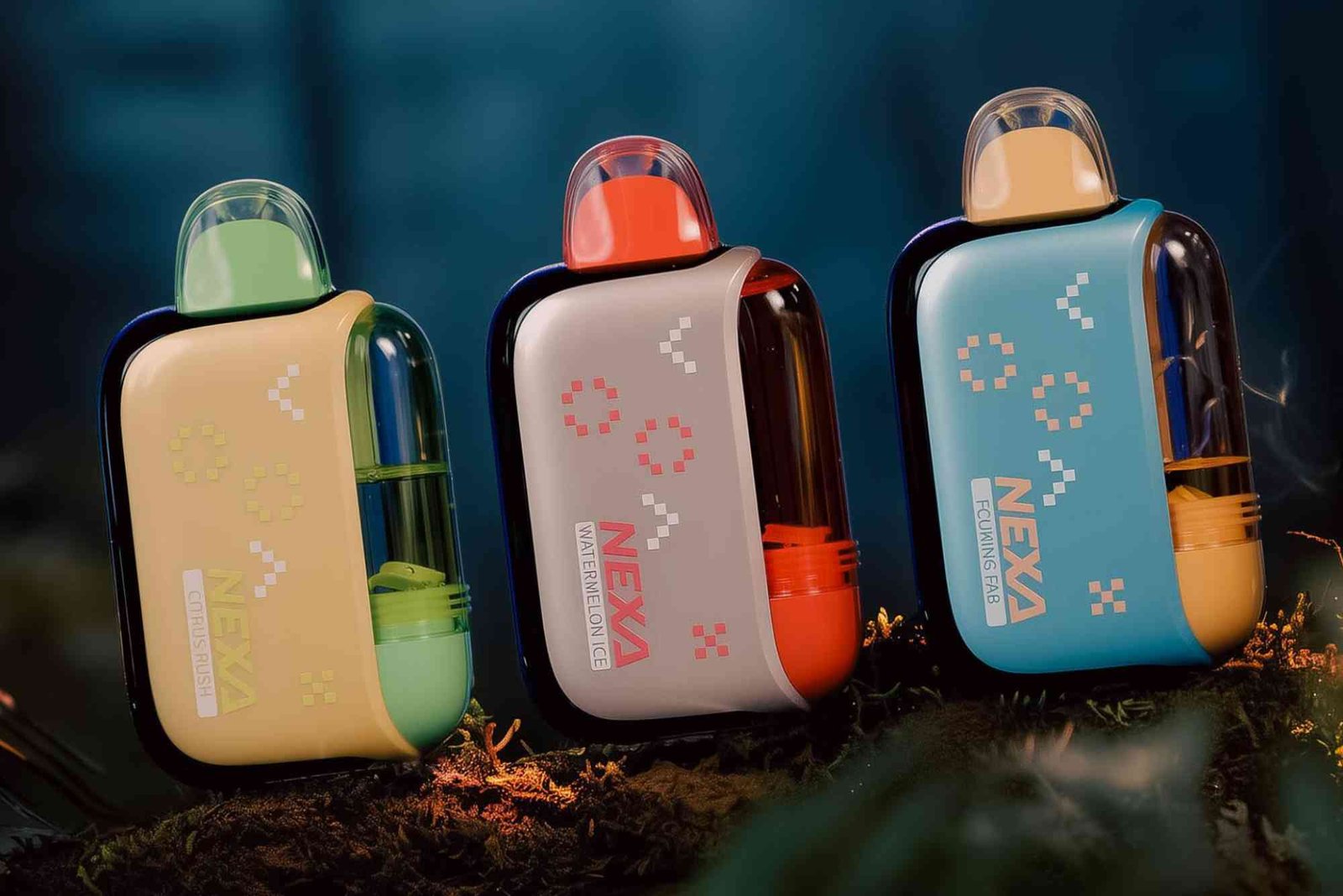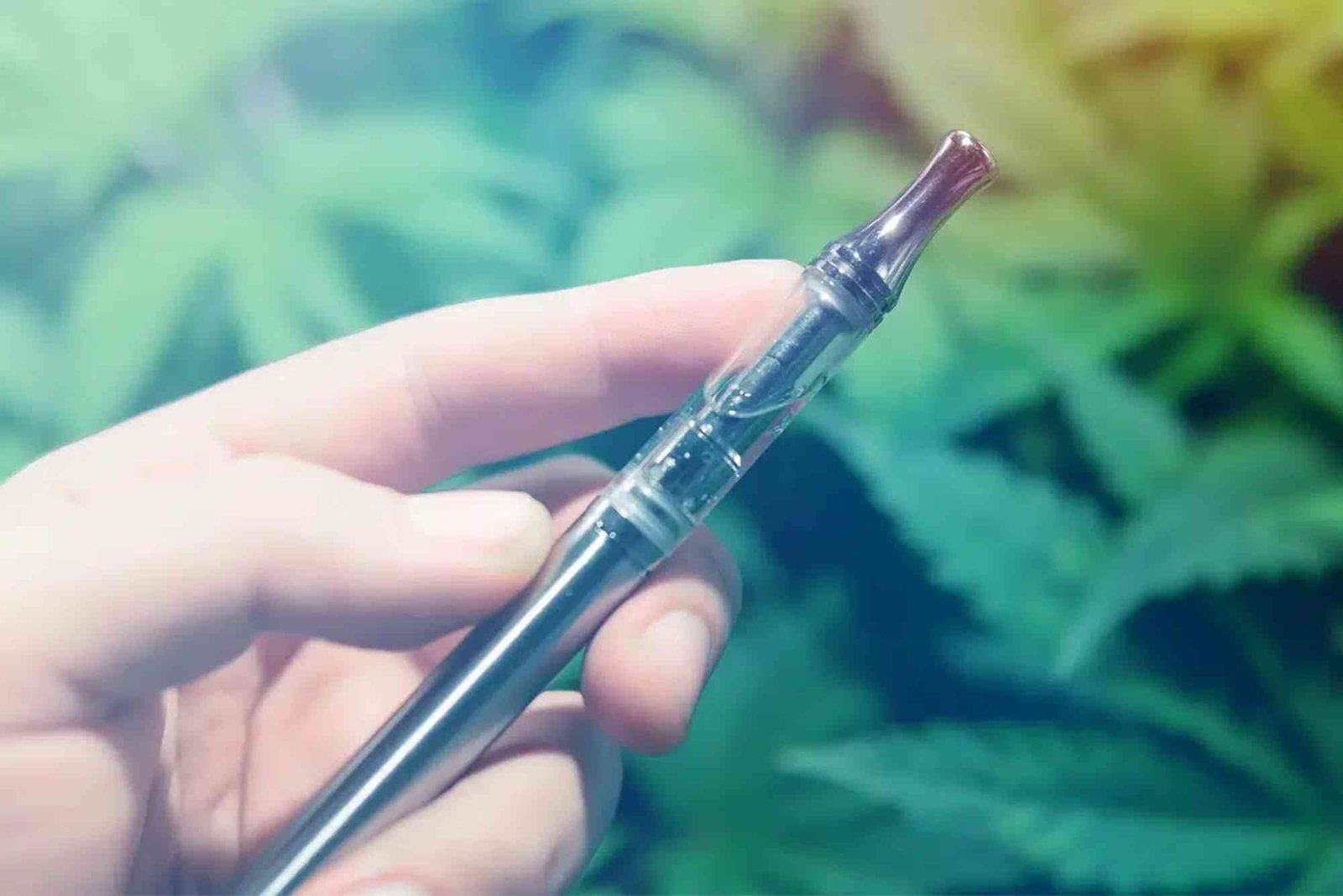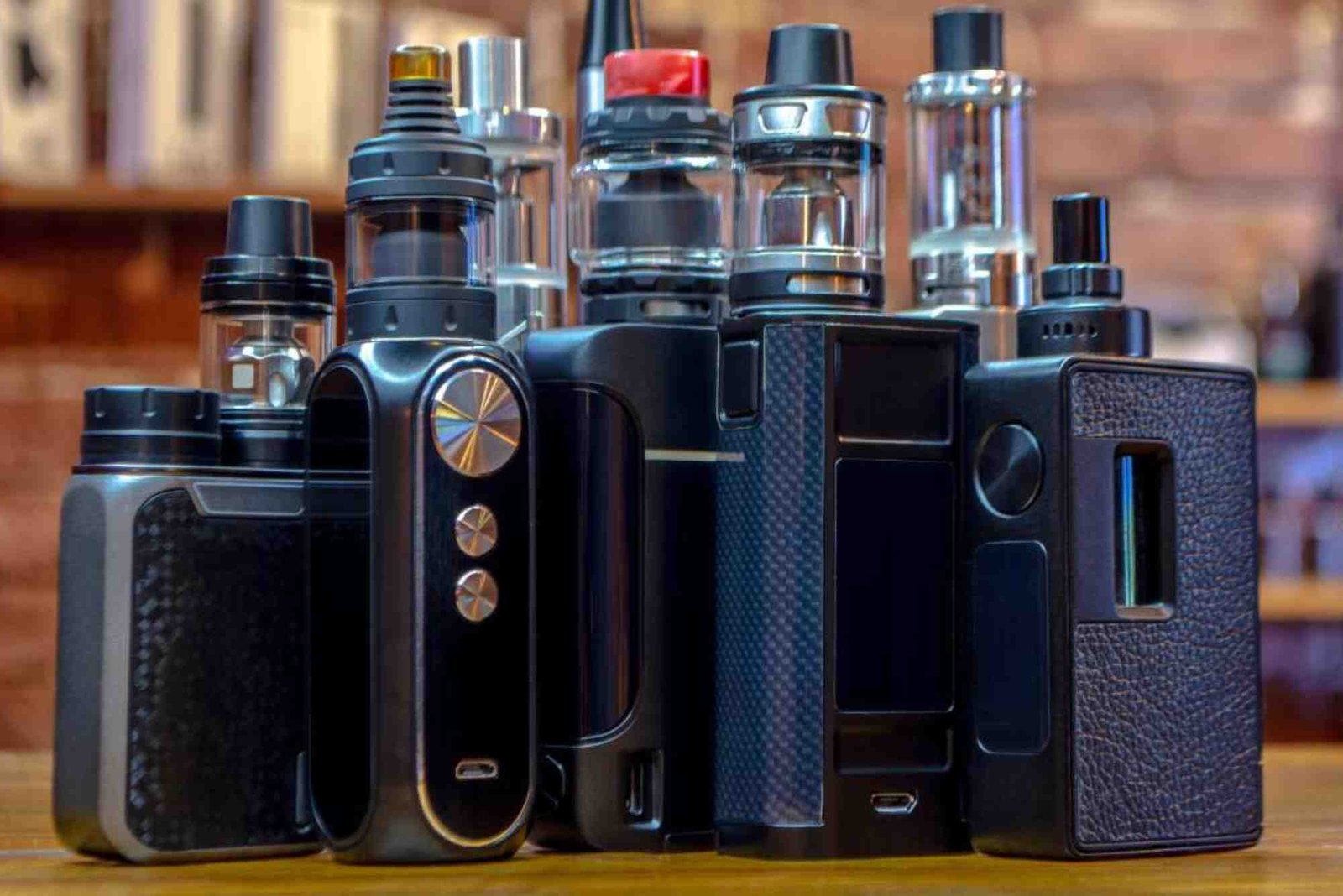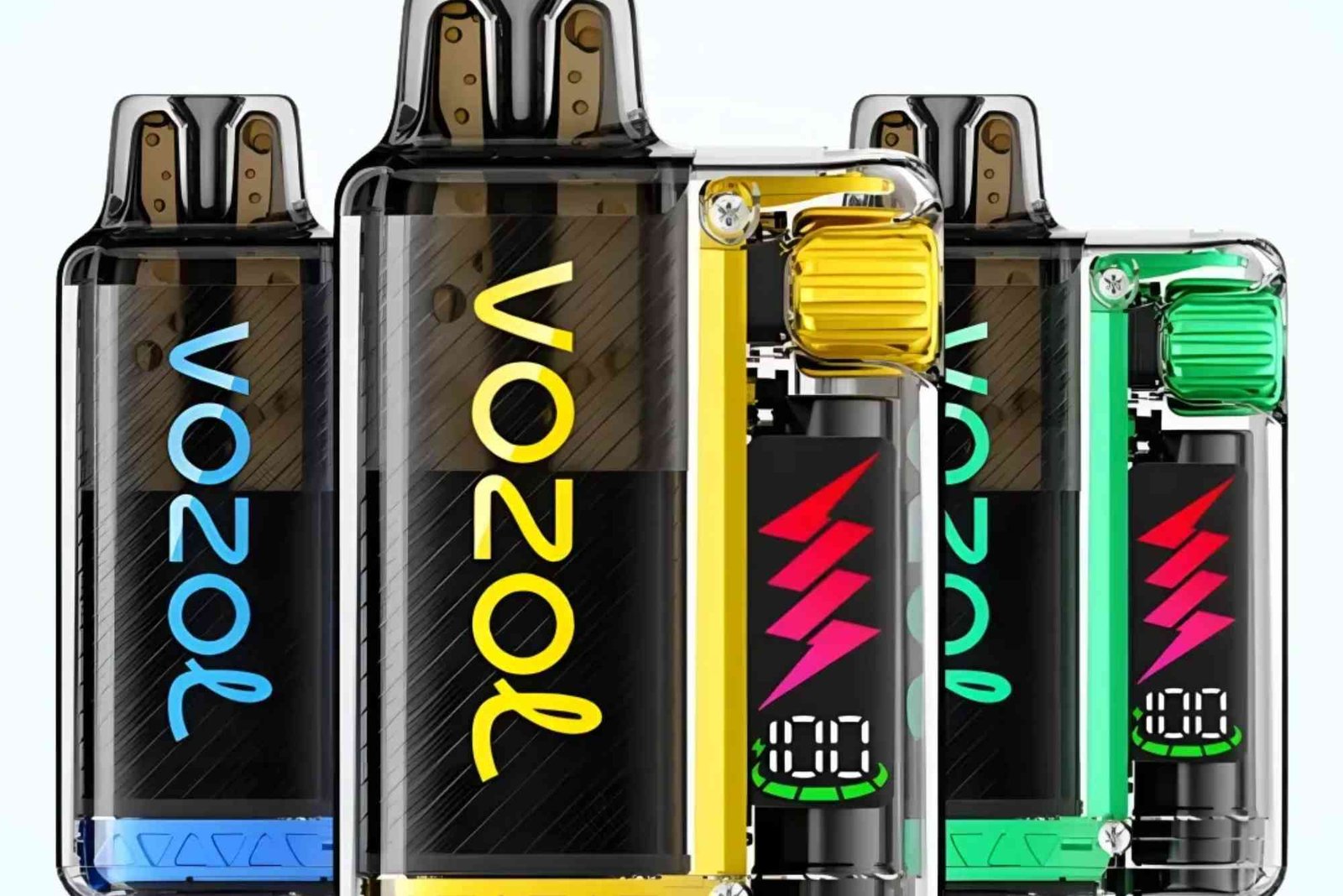Introduction
Vaping has transformed the way millions consume nicotine and flavors. As the industry expands, so do the options available to users. Among the most debated choices are disposable and refillable vapes. Each type has its pros and cons, but when it comes to long-term use, one factor often rises to the top—device longevity. In this article, we’ll take a detailed look at disposable vs refillable vapes: device longevity compared, helping you make an informed choice based on your lifestyle, budget, and usage habits.
Understanding the Basics of Vape Types
Before we dive into longevity, it’s important to understand the fundamental differences between these two categories. Disposable vapes are designed for one-time use. Once the e-liquid runs out or the battery dies, you throw the device away. They’re pre-filled, pre-charged, and ready to use out of the box.
Refillable vapes, on the other hand, are reusable devices. Users can refill the tank or pod with e-liquid and recharge the battery multiple times. They offer flexibility in terms of flavors, nicotine strength, and maintenance. This makes them more appealing to seasoned vapers and budget-conscious users.
Device Longevity: What It Actually Means
In the vaping world, longevity refers to how long a device can be used before it becomes unusable or inefficient. This includes battery life, coil durability, e-liquid capacity, and how well the device holds up over time.
While many users associate longevity with cost-efficiency, it’s also about convenience, environmental impact, and overall vaping experience.
Disposable Vapes: Short-Term Convenience, Shorter Lifespan
Battery and E-Liquid Limitations
Disposable vapes come with built-in batteries and pre-filled e-liquid tanks. These are usually designed to last anywhere between 300 to 800 puffs, depending on the device. Once the battery dies or the e-liquid is depleted, the device is meant to be discarded. There’s no way to recharge or refill.
While this setup is ideal for beginners or people who vape occasionally, it doesn’t support long-term use. Frequent users may find themselves going through multiple disposables each week, which becomes costly and environmentally unfriendly.
Usage-Based Longevity
The actual lifespan of a disposable vape heavily depends on user behavior. Someone who takes deep, frequent puffs may deplete a device much quicker than someone who vapes occasionally. Even if you’re gentle, the device is built with planned obsolescence in mind.
Refillable Vapes: Built for the Long Haul
Durable Hardware and Replaceable Parts
Refillable devices are typically built with better hardware. They feature rechargeable batteries, refillable pods or tanks, and replaceable coils. The overall structure is made from more durable materials like metal or reinforced plastic, which adds to their longevity.
With proper care, a refillable vape can last several months to over a year. The components like coils may need replacing every 1-3 weeks depending on usage, but the base device remains functional.
Battery Longevity
Most refillable devices offer long-lasting lithium-ion batteries. These can be charged hundreds of times without significant degradation. Many modern devices also include safety features like short-circuit protection, which enhances their lifespan.
Maintenance Extends Lifespan
Unlike disposables, refillables allow for cleaning and maintenance. Regularly cleaning your tank, changing coils, and using quality e-liquids can significantly extend the life of the device. This hands-on care gives users control over device longevity—something you simply don’t get with disposables.
Comparing Costs Over Time
At first glance, disposable vapes appear cheaper. You can get one for $5 to $15, which sounds like a good deal. But if you vape regularly, you may end up buying 10–15 devices a month. That adds up quickly.
Refillable devices may cost $20 to $60 upfront, with ongoing costs for e-liquids and coils. However, over time, they’re significantly more economical. A $25 refillable device can last for months, whereas the equivalent cost in disposables may only last a few days.
Environmental Considerations
When comparing disposable vs refillable vapes, device longevity also ties into sustainability. Disposable vapes contribute to electronic and plastic waste. Since they’re not rechargeable or refillable, each device adds to landfill volume.
Refillable vapes produce far less waste. You can recycle batteries and only replace coils or tanks when needed. For eco-conscious users, refillables are the obvious choice in terms of both longevity and sustainability.
Flavor and Performance Longevity
Disposable vapes come pre-filled with flavors, and once the flavor starts to fade (usually after a few hundred puffs), you’re stuck. There’s no way to refresh the coil or add more e-liquid.
Refillable vapes allow you to swap out flavors, clean the device, and change the coil when performance dips. This means the device can maintain consistent flavor and vapor production over months of use. Users have more control over their experience, making refillables superior in terms of long-term performance.
Health and Safety Implications
Disposables are mass-produced, and quality control may vary. Over time, a deteriorating coil or malfunctioning battery may go unnoticed because the user cannot inspect or replace internal components.
Refillables offer a safer experience in this regard. You can inspect and replace parts, use regulated mods with safety chips, and choose high-quality e-liquids. This adds another layer of control and responsibility, contributing to the device’s longevity and user safety.
Ideal Use Cases for Each Type
If you’re a casual or social vaper, disposables might be the right choice. They’re easy to carry, require no setup, and are perfect for travel or occasional use.
But if you’re a daily vaper or someone interested in the craft of vaping, a refillable device will offer better value, longer lifespan, and a more customized experience.
When we directly compare disposable vs refillable vapes: device longevity, refillable vapes win by a large margin. While disposables offer ease of use and zero maintenance, they are inherently short-lived. Refillables, though requiring a bit more effort and investment upfront, deliver weeks or months of consistent use, better performance, and lower long-term costs.
If longevity, cost-efficiency, and performance matter to you, refillable vapes are the smart choice. They support sustainable habits and give you full control over your vaping journey.
FAQ
How long does a disposable vape last compared to a refillable?
Most disposable vapes last 1–3 days based on moderate use. In contrast, a refillable vape device can last several months to over a year with proper care. You’ll only need to replace coils and refill e-liquid regularly.
Is it cheaper to use a refillable vape over time?
Yes. Refillable vapes are more cost-effective over time. While the initial cost is higher, the ongoing expenses for e-liquid and coils are much lower compared to buying new disposable vapes every few days.
Do refillable vapes provide better performance than disposables?
Generally, yes. Refillable vapes often feature adjustable settings, better coils, and customizable options. This means more consistent flavor, vapor production, and overall experience over time.
Are disposable vapes harmful if used for a long period?
Long-term use of disposable vapes may carry safety risks, especially if the coil degrades or the battery malfunctions. Unlike refillables, disposables cannot be inspected or maintained, making them less safe for extended use.
Can I travel with a refillable vape?
Yes, but with precautions. Refillable vapes must be emptied and secured during air travel. Disposables are more travel-friendly, but refillables are better for longer trips if you manage them correctly.

